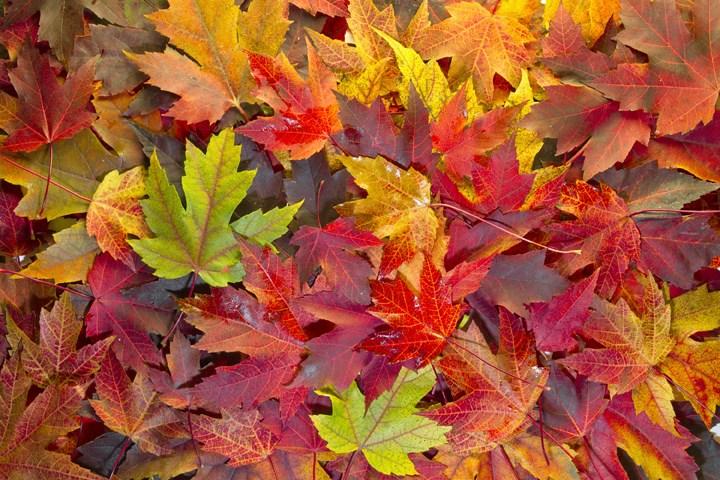As fall shuffles in and the days get shorter, it's time for a garden cleanup.
Cutting back perennials and cleaning up shrubs are among the recommended tasks, but it's important not to prune at this time of year, notes Donna Begg of Perennial Designs in West Vancouver.
When you prune something you encourage growth and that's the last thing you want to do at this time of year because it will soon be too cold for new, tender growth, she explains. Pruning comes during the dormant season in the early spring, she adds.
Raking up leaves and adding mulch are also part of a fall garden cleanup. Adding soil or composted bark mulch helps retain moisture and protects against frost damage.
Begg notes that water in gardens is evaporating all the time, "and if you mulch something, once the water gets through the mulch, it stays in there better."
Gardeners will also be planting at this time of year, including dropping in spring bulbs. It's a good time to do it since it's going to rain for the next six months, says Begg.
"This is a fantastic time to plant."
She explains that the high heat of summer puts too much stress on new growth so the cooler, wet fall is a better time to plant. Snow is not necessarily a problem if the plants have been in the ground for two to three months by the time it arrives and have had time to establish roots.
Throughout the year, Begg is often called on to fix "out-of-control" gardens.
"Most gardens after three years almost always need work because the plant material is never usually planted with growth in mind," she notes, and says many people also ask her about gardens that just don't seem peaceful.
Her advice to anyone starting or redeveloping a garden is to get the bones in first. She recommends ensuring important elements, like a proper drainage system, are in place before spending big bucks on plant material.
"My big thing is just keep it simple," she says. "Get your trees in, get your hedges in, and limit the amount of species you put in when adding in your plant material."
When designing a garden, she tends to add big quantities of a few species rather than incorporating too many different things.
"You'll get a much more peaceful yard, which people seem to be wanting. Their lives are really chaotic now," says Begg.
If you're looking for more "punch" in the garden, consider adding colour in pots around the back door and the front door, or with some throw pillows.
Begg suggests there should be "three or four colours at the most to start with and two of those colours are white and green."
The last thing you want is to have a scattered look, she adds. "And then what happens is your eye doesn't know where to go."
It's not uncommon for people to go to a garden centre and buy one of everything they like, or be enticed by flowers on sale at the end of an aisle, but Begg suggests resisting that urge and instead focusing on a few species to start.
"(They) can be lush gardens, but created with a limited amount of species and simple waves of plant material, and that seems to work over and over again."



